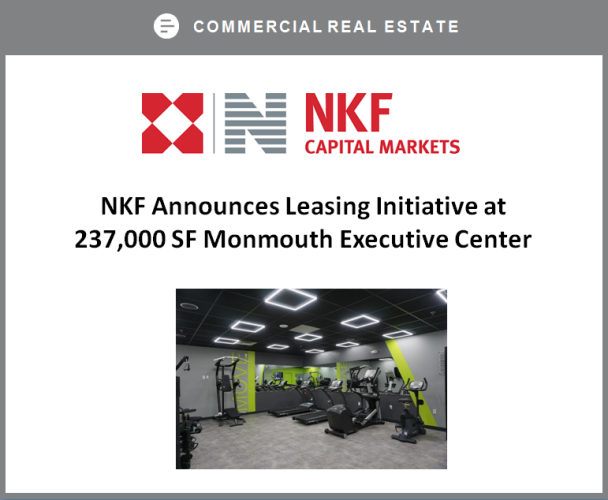Honeywell (NYSE:HON) and Huntington Ingalls Industries (NYSE:HII) have enjoyed strong gains over the past year, thanks at least in part to their exposure to the red-hot aerospace and defense sector. But other than the fact that both have dabbled in aerospace, Honeywell and Huntington Ingalls in many ways could not be more different in terms of what they offer to investors. Here's a deep dive into both companies to explore which is the better buy for investors looking to put new money to work today.
| Company | Market Cap | 2017 Sales | Price-to-Sales Ratio | Forward P/E Ratio | TTM Dividend Yield |
|---|---|---|---|---|---|
| Huntington Ingalls | $11.87 billion | $7.44 billion | 1.60 | 14.94 | 0.96% |
| Honeywell | $114.98 billion | $40.53 billion | 2.84 | 17.49 | 1.78% |
DATA SOURCE: YAHOO! FINANCE, DATA AS OF FEB. 28, 2018. TTM = TRAILING-12-MONTH.
An evolving conglomerate
Honeywell, a maker of aerospace components, building controls, performance materials, and security products, is a cash-flow-generation machine, expecting to generate between $5.2 billion and $5.9 billion in free cash in 2018. The issue for Honeywell in recent years has been growth -- revenue has increased at an average annual rate of just 1.5% over the past five years -- but CEO Darius Adamczyk has a plan to revamp the portfolio by spinning out its car parts and home systems businesses by year-end.

IMAGE SOURCE: HONEYWELL.
The move would shed two businesses that are among the slower-growing parts of the company, and which could benefit from being out from under Honeywell's umbrella and able to potentially partner with companies that are currently Honeywell rivals. The spinoffs will also add to the company's already-significant cash stockpile for use in buybacks or perhaps a needle-moving acquisition.
Cowen analyst Gautam Khanna estimates that Honeywell will have about $10 billion in cash available for deployment in 2018, including spinout proceeds and foreign balances brought home. After dividends and debt repayment, expect at least $5 billion to be available without borrowings for M&A or, as the company said, "more aggressive buybacks" if deals can't be found.
Honeywell traditionally has been a steady acquirer of bolt-on businesses, but deal pace has slowed due to what management says is discipline in the face of inflated seller expectations. But with the commercial-aerospace sector quickly consolidating, including rival United Technologies' $30 billion deal to acquire Rockwell Collins, expect Honeywell to remain on the lookout for attractive targets to augment its existing capabilities.
Calm waters
Huntington Ingalls is a shipbuilding specialist, owner of the massive shipyard in Newport News, Virginia, just across from one of the world's largest naval bases and birthplace of the U.S. Navy's fleet of nuclear-powered aircraft carriers and many other vessels. The company was spun out of Northrop Grumman in 2011 and, for most of its history as an independent entity, has traded at a discount to the more diversified defense primes; even after a 27% stock surge in the last six months, it still trades at a discount to Northrop, General Dynamics, and Lockheed Martin on a price-to-earnings and price-to-sales bases.

USS GEORGE WASHINGTON NAVIGATES AT HUNTINGTON INGALLS' NEWPORT NEWS FACILITY. IMAGE SOURCE: HUNTINGTON INGALLS.
Some of the company's recent price momentum comes from calls from the White House for the Navy to massively increase the size of its fleet by more than 25% to 350 vessels. Though that level of expansion seems unlikely, growing the Navy is a Pentagon priority.
Huntington has a steady stream of business, with a total backlog of $21.4 billion at year-end, and the company, after warning in mid-2017 that revenue was likely to stay flat until 2020, had turned more optimistic by Feb. 15 when discussing year-end results.
"We stand ready to increase production to support a larger fleet," CEO Mike Petters told analysts, saying top-line growth of about 3% annually was possible over the next five years. Huntington's long-term goal is to generate margins of between 9% and 10% on its shipbuilding activities.
Huntington also reaffirmed its plan to return substantially all free cash flow to shareholders through annual dividend increases and "opportunistic" share repurchases.
The better buy is...
These are two solid companies that would be a good, stable fit in any portfolio -- but they could not be more different when it comes to their outlooks for the next 12 to 18 months. With Huntington Ingalls, investors know exactly what they are likely to get: a slow, steady performer with limited potential for upside but also very little risk. Honeywell, with its spinouts in progress and uncertainty about how the cash pile will be used, comes with a lot more question marks but also with a much-greater potential for oversize returns.
The bet here is that Honeywell's top-rate management team gets it right. Honeywell is the better buy for all but the most conservative of investors.






